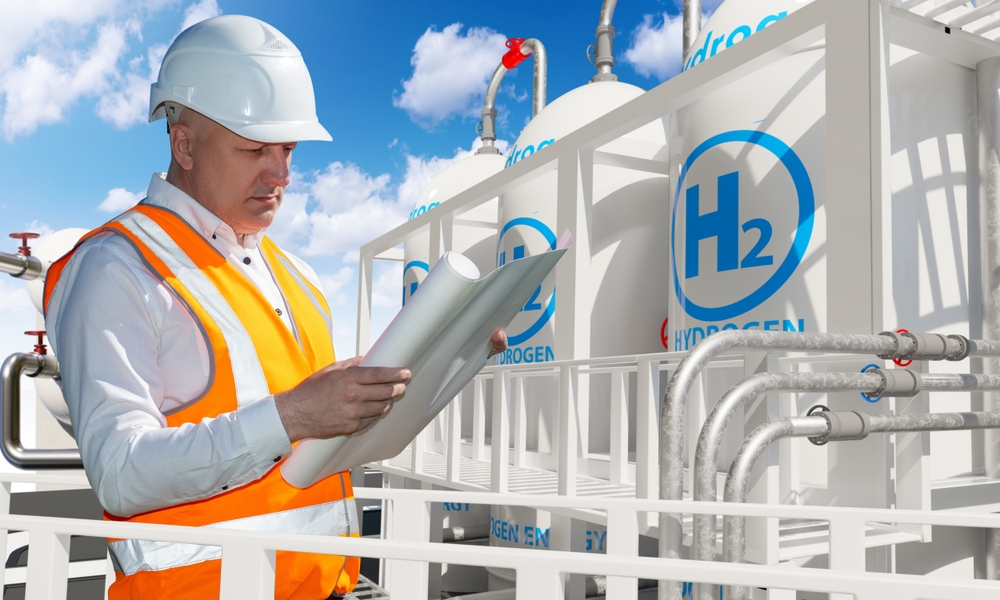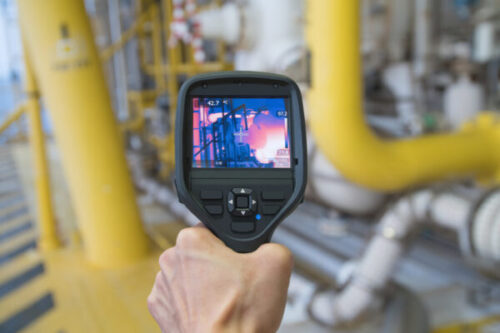The 20-Second Trick For Roar Solutions
The 20-Second Trick For Roar Solutions
Blog Article
The Main Principles Of Roar Solutions
Table of ContentsExamine This Report about Roar SolutionsSome Known Facts About Roar Solutions.Some Ideas on Roar Solutions You Need To Know
In order to safeguard installations from a potential surge a method of evaluating and categorizing a possibly unsafe area is needed. The purpose of this is to make sure the appropriate choice and installation of devices to ultimately avoid an explosion and to ensure security of life.
(https://slides.com/roarsolutions)
No tools needs to be installed where the surface area temperature level of the equipment is above the ignition temperature of the offered danger. Below are some usual dust harmful and their minimum ignition temperature. Coal Dirt 380C 225C Polythene 420C (thaws) Methyl Cellulose 420C 320C Starch 460C 435C Flour 490C 340C Sugar 490C 460C Grain Dirt 510C 300C Phenolic Material 530C > 450C Aluminium 590C > 450C PVC 700C > 450C Residue 810C 570C The possibility of the danger being existing in a focus high adequate to cause an ignition will differ from place to place.
In order to classify this threat an installation is separated right into areas of danger relying on the quantity of time the hazardous exists. These areas are referred to as Zones. For gases and vapours and dusts and fibres there are three zones. Zone 0 Zone 20 An unsafe ambience is very most likely to be existing and may be present for extended periods of time (> 1000 hours each year) and even continuously Zone 1 Area 21 A hazardous atmosphere is possible but unlikely to be existing for lengthy durations of time (> 10 450 C [842 F] A category of T6 means the minimum ignition temperature level is > 85 C [185 F] Unsafe location electric equipment maybe designed for use in greater ambient temperatures. This would certainly suggested on the score plate e.g. EExe II C T3 Ta + 60C( This indicates at 60C ambient T3 will certainly not be surpassed) T1 T1, T2, T3, T4, T5, T6 T2 T2, T3, T4, T5, T6 T3 T3, T4, T5, T6 T4 T4, T5, T6 T5 T5, T6 T6 T6 A T Class ranking of T1 suggests the maximum surface temperature level produced by the instrument at 40 C is 450 C. Assuming the connected T Class and Temperature level rating for the tools are proper for the area, you can always utilize an instrument with a more strict Division score than required for the location. There isn't a clear solution to this question. It really does depend on the sort of devices and what fixings require to be performed. Devices with particular examination treatments that can't be done in the area in order to achieve/maintain 3rd party rating. Have to return to the factory if it is before the equipment's solution. Field Repair By Authorised Worker: Complicated testing may not be needed however specific treatments may require to be followed in order for the devices to maintain its 3rd event score. Authorised personnel need to be utilized to execute the job correctly Fixing should be a like for like substitute. New part should be considered as a straight replacement needing no unique testing of the equipment after the repair is full. Each tool with an unsafe ranking should be assessed individually. These are outlined at a high level listed below, yet for more comprehensive info, please refer straight to the guidelines.
Our Roar Solutions PDFs
The equipment register is a comprehensive database of tools records that consists of a minimum collection of fields to identify each thing's place, technical specifications, Ex category, age, and environmental data. This details is essential for monitoring and handling the equipment effectively within harmful areas. On the other hand, for periodic or RBI sampling examinations, the grade will be a mix of Detailed and Close evaluations. The ratio of In-depth to Close assessments will be identified by the Tools Danger, which is evaluated based upon ignition threat (the chance of a source of ignition versus the probability of a flammable atmosphere )and the harmful area category
( Area 0, 1, or 2). This variation will certainly also affect the resourcing requirements for job preparation. As soon as Great deals are defined, you can create sampling strategies based on the sample size of each Whole lot, which refers to the number of random tools products to be evaluated. To figure out the required example size, 2 aspects need to be examined: the size of the Lot and the classification of assessment, which shows the level of effort that need to be applied( decreased, typical, or increased )to the examination of the Great deal. By incorporating the classification of assessment with the Great deal dimension, you can then develop the appropriate rejection standards for a sample, indicating the allowable variety of faulty items located within that example. For even more information on this procedure, please describe the Power Institute Guidelines. The IEC 60079 typical recommends that the maximum period in between assessments must not surpass 3 years. EEHA assessments will certainly likewise be conducted beyond RBI campaigns as component of arranged maintenance and devices overhauls or repair services. These examinations can be credited toward the RBI example sizes within the affected Lots. EEHA evaluations are carried out to determine faults in electrical equipment. A weighted racking up system is essential, as a solitary piece of equipment may have multiple mistakes, each with differing levels of ignition risk. If the combined rating of both inspections is much less than twice the fault score, the Lot is deemed appropriate. If the Great deal is still considered unacceptable, it needs to undergo a full examination or validation, which might cause more stringent evaluation methods. Accepted Great deal: The root causes of any mistakes are determined. If a common failing mode is located, extra equipment might need inspection and repair. Faults are identified by extent( Security, Integrity, Home cleaning ), ensuring that immediate issues are evaluated and dealt with quickly to alleviate any kind of effect on safety or procedures. The EEHA database ought to track and tape-record the lifecycle of mistakes together with the corrective actions taken. Implementing a durable Risk-Based Assessment( RBI )technique is vital for guaranteeing conformity and safety in taking care of Electrical Equipment in Hazardous Locations( EEHA) (eeha training). Automated Mistake Scoring and Lifecycle Administration: Easily manage mistakes and track their lifecycle to enhance examination accuracy. The introduction of this support for risk-based inspection additionally reinforces Inspectivity's position as a best-in-class solution for regulatory compliance, in addition to for any kind of asset-centric inspection use instance. If you are interested in discovering more, we invite you to request a presentation and find just how our solution can transform your EEHA monitoring procedures.
How Roar Solutions can Save You Time, Stress, and Money.

In regards to eruptive risk, a harmful area is an environment in which an eruptive environment is existing (or may be expected to be existing) in look at this web-site quantities that require special precautions for the building and construction, installment and use devices. Roar Training Solutions. In this short article we check out the obstacles encountered in the work environment, the risk control measures, and the called for expertises to work safely
It is a consequence of modern life that we manufacture, store or deal with a variety of gases or fluids that are deemed flammable, and an array of dusts that are deemed flammable. These compounds can, in particular problems, form eruptive atmospheres and these can have major and awful consequences. The majority of us are acquainted with the fire triangle get rid of any among the three aspects and the fire can not occur, however what does this mean in the context of hazardous locations? When damaging this down into its simplest terms it is basically: a combination of a specific quantity of release or leakage of a particular compound or product, combining with ambient oxygen, and the presence of a source of ignition.
In many instances, we can do little regarding the degrees of oxygen airborne, however we can have substantial impact on sources of ignition, as an example electric equipment. Unsafe areas are documented on the harmful location classification drawing and are determined on-site by the triangular "EX-SPOUSE" sign. Right here, amongst various other essential details, areas are split into three types relying on the hazard, the likelihood and duration that an eruptive ambience will certainly exist; Area 0 or 20 is regarded one of the most hazardous and Area 2 or 22 is regarded the least.
Report this page